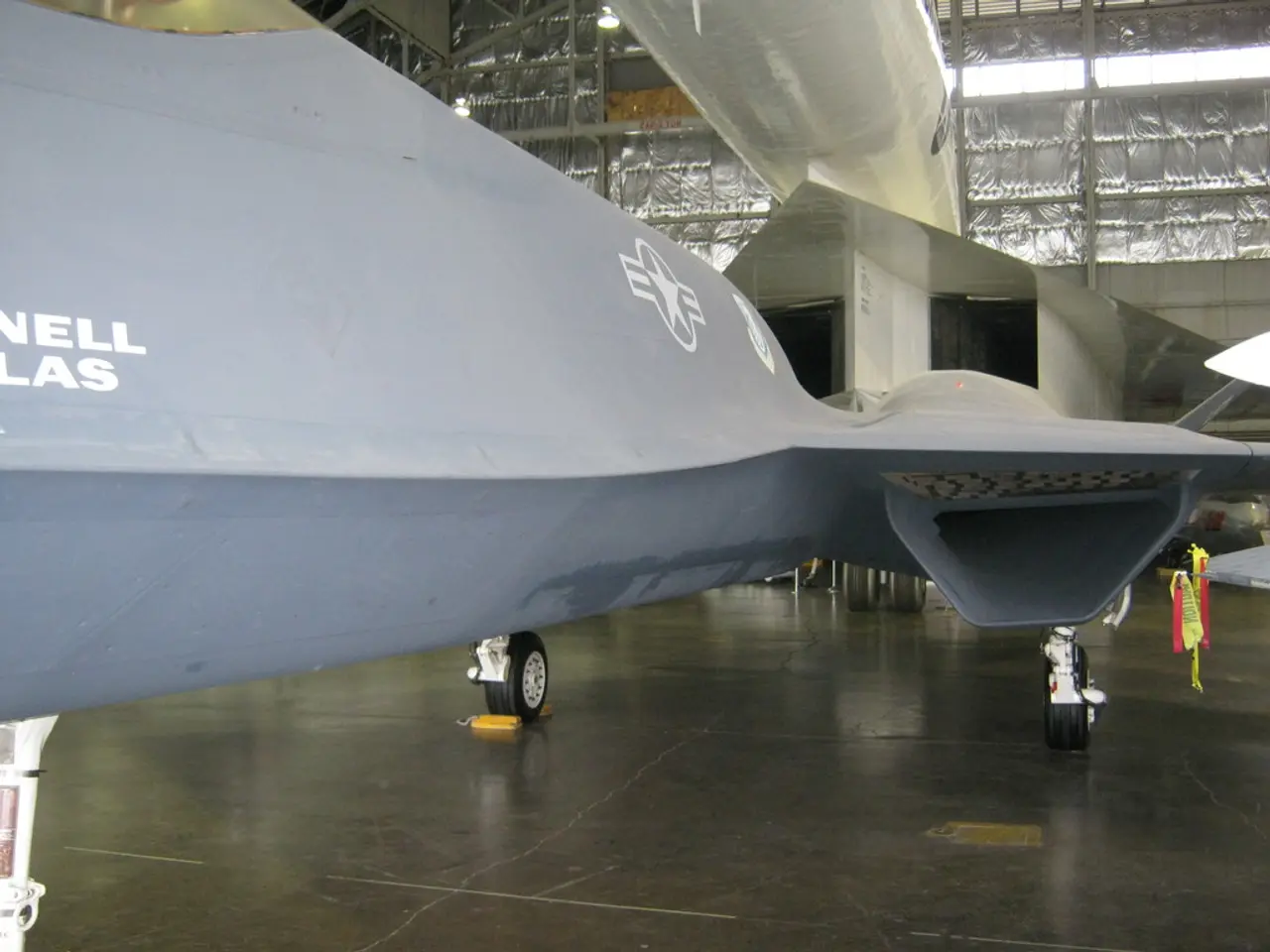Drone Makes Its Daily Landing
In the skies above Germany, a new wave of innovation is taking flight. Drones, vertically launching, electrically powered flying devices, are making a significant impact in logistics and medicine, transforming the way goods and critical supplies are transported.
Current applications of drones in Germany's logistics and healthcare sectors primarily focus on trial deliveries and integration into existing networks. For instance, DHL's Parcelcopter has completed phase-three trials in Germany, aiming to scale its integration with logistics networks. Companies like UPS Flight Forward and Matternet, while primarily active in the US, are setting a precedent for regular drone deliveries of medical supplies such as lab samples and critical pharmaceuticals between hospitals.
The European Union Aviation Safety Agency’s (EASA) Standard Scenario framework, which allows risk-based drone operations beyond visual line of sight (BVLOS), is driving the growth of drone delivery as part of logistics innovation across Europe, including Germany. This regulatory progress is propelling the transition from pilot projects to routine commercial use in e-commerce, healthcare, and postal sectors.
In the realm of medicine, drones are proving instrumental in the timely delivery of critical medical supplies, vaccines, and emergency kits. They are enhancing healthcare logistics by bypassing traffic congestion and reducing delivery times. German logistics operators and healthcare providers are increasingly interested in drones for on-demand and same-day delivery, particularly in metropolitan areas with dense urban traffic.
Looking ahead, potential future uses of drones in Germany include expanded healthcare logistics, integration into low-altitude urban airspaces for parcel delivery networks, defense and dual-use developments, and large-scale autonomous drone networks. These advancements could lead to broader urban airspace integration, enhanced healthcare logistics, scaling production capabilities, and expanded autonomous and beyond-visual-line-of-sight operations.
Despite their growing presence, drones are not yet a common sight in the average citizen's daily life. They are often associated with children's toys, spy vehicles, or weapons of war. However, in the Zollernalbkreis region, drones have effectively landed in everyday life, being used for logistics operations.
For safety reasons, drones as a means of transport should probably remain a niche. German standards for drone transport are strict, and air traffic regulations are lengthy and meticulous. The safety of drone transport is a significant concern, and it is crucial that these devices are operated responsibly.
In conclusion, drones are making a significant impact in Germany's logistics and healthcare sectors, with current applications focusing on trial deliveries and integration into existing networks. Future uses foresee broader urban airspace integration, enhanced healthcare logistics, scaling production capabilities, and expanded autonomous and beyond-visual-line-of-sight operations. As regulations evolve and technology advances, drones could become an integral part of everyday life in Germany.
Read also:
- Innovative Garments and Accessories Producing Energy: Exploring Unconventional Sources for Renewable Power
- Unveiling Location, Drops, and Strategies for Grounded 2's Northern Scorpion
- MoneyGram's Investment in 'Drive to Survive' Yielded Results?
- Compact Electric Vehicle Assessment: Decent Benefits Hidden in Mini Hyundai Electric Package




